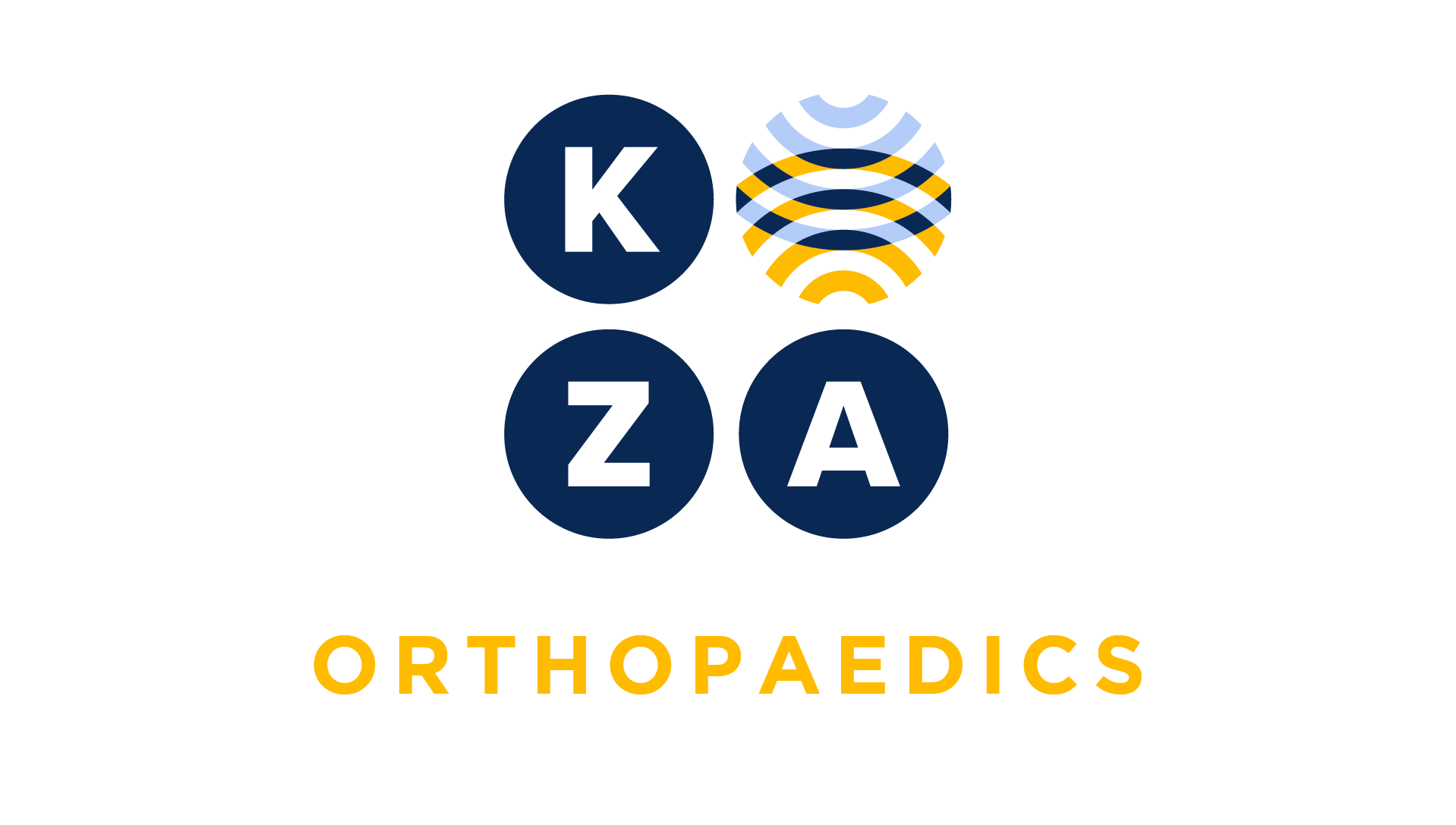
Choose your specialty from the list below to see how our experts have tackled a wide range of client questions.
Looking for something specific? Utilize our search feature by typing in a key word!
Suture Removal
We had a patient come into our office to have their sutures removed from a hand laceration repaired by someone else. The patient was hurt while out of state on vacation and couldn’t
Question:
We had a patient come into our office to have their sutures removed from a hand laceration repaired by someone else. The patient was hurt while out of state on vacation and couldn’t have the sutures removed while away; the original provider performed a layered repair. The problem is the patient is still in the global period from the repair performed by another physician. How can I report this work? Is it not billable since the patient came into our office during the other physician’s global period?
Answer:
Billing for suture removal depends on several factors. The intermediate and complex repair codes have a global period of 10 days for the surgeon/practice who performed the original repair. Your physician is not in the global period of the physician who performed the repair. Ideally, the physician who placed the sutures would have reported the intermediate repair code with modifier 54 (surgical care only) and transferred care to you so you would report the same surgical CPT code with modifier 55 (postoperative management only). But we know this rarely happens!
There isn’t a CPT code for suture removal in the office setting. There are codes to report removal of sutures under anesthesia (other than local) for either the same surgeon (CPT 15850) or other surgeon (15851). Therefore, your work is captured through the appropriate level of Evaluation and Management (E&M ) performed and documented
*This response is based on the best information available as of 2/14/19.
I&D in the Office during the Global Period
Our surgeon saw a patient in the office for a routine post-op check during the global period of an excision of a soft tissue tumor. During the visit the surgeon notes that the patient…
Question:
Our surgeon saw a patient in the office for a routine post-op check during the global period of an excision of a soft tissue tumor. During the visit the surgeon notes that the patient has some fullness and performs a superficial incision and drainage in the office. I have the correct CPT code, but I am wondering if I should use Modifier 58 or 79. I think the correct modifier is modifier 79 because he documents a new diagnosis “seroma”. Do you recommend modifier 58 or 79?
Answer:
The reporting (or not) of this service performed in the office during the global period will be payor dependent. If the payor is Medicare, or follows Medicare rules, the visit is not reportable as this a complication of the original surgery.
If the payor follows CPT rules, and the surgeon determines this is not “typical postoperative care” then traditionally no modifiers are appended. Modifier 79 is typically reserved for an ‘unrelated’ procedure/ service at a different location. The seroma is secondary to the surgical intervention—thus if there had not been surgery, there would not be a seroma. Modifier 58 is incorrect as this is not a planned procedure, is not more extensive, and is not part of the treatment plan. Survey your private payors to determine which modifier, if any, is required.
*This response is based on the best information available as of 12/13/18.
CPT Code 20610 or 20611?
Our physician performed a shoulder joint injection with ultrasound guidance. The physician’s procedure note does not fully detail the ultrasound guidance, other than the ultrasound
Question:
Our physician performed a shoulder joint injection with ultrasound guidance. The physician’s procedure note does not fully detail the ultrasound guidance, other than the ultrasound was used to do the injection. The physician does not document that images were saved (and we can’t find images). The physician also does not have a separate report for the interpretation. I am thinking we should report 20610 (large joint injection without ultrasound guidance) versus 20611 (large joint injection with ultrasound guidance). Do you agree with my choice?
Answer:
Yes, the AMA published specific documentation requirements for the ultrasound-guided joint injections (20604, 20605 and 20611) when the codes were introduced in 2015. In the absence of such documentation, the correct code is 20610.
CPT code 20611 requires the following:
- Documentation of a focused ultrasound evaluation.
- Obtain, label, and interpret images in multiple planes through the specific area of concern.
- Documentation of the normal anatomic structure and any pathologic findings.
- Documentation of separate stand-alone report for the patient’s chart (CPT code and radiology requirement).
- Documentation the procedure itself, including prep, intraservice work, and patient tolerance.
- Documentation of the specific medication and dosage if a therapeutic injection was performed.
*This response is based on the best information available as of 11/01/18.
Bone Marrow Aspirate
Our surgeon aspirated bone marrow for a subtalar fusion. We are unsure how to report this. Are you able to help?
Question:
Our surgeon aspirated bone marrow for a subtalar fusion. We are unsure how to report this. Are you able to help?
Answer:
Yes, with the guideline changes surrounding CPT code 38220 and the new code 20939, CPT instructs to report 20999 for bone marrow aspirate for other musculoskeletal fusions (non-spine).
(For aspiration of bone marrow for the purpose of bone grafting, other than spine surgery and other therapeutic musculoskeletal applications, use 20999)
*This response is based on the best information available as of 08/09/18.
Multiple Fasciotomies Same Hand for Dupuytren’s
Our hand surgeon, not infrequently, will perform multiple fasciotomies in the hand for the treatment of Dupuytren’s. We are reporting CPT code 26045 for each fasciotomy but now we are…
Question:
Our hand surgeon, not infrequently, will perform multiple fasciotomies in the hand for the treatment of Dupuytren’s. We are reporting CPT code 26045 for each fasciotomy but now we are Question:ing if this is correct or not. Before we refund claims paid, will you tell us if this code is reportable multiple times in the same hand?
Answer:
CPT code 26045 (Fasciotomy, palmar (eg, Dupuytren’s contracture); open, partial) is reportable one time regardless of how many “fasciotomies” were performed. The only time this code is reportable twice on the same day is if both hands were treated. The code is a “palmar” code, thus includes all work on the same palm.
*This response is based on the best information available as of 07/26/18.
Total Hip Arthroplasty Question
We have a patient who underwent an open fixation of a femoral neck fracture five years ago and now presents for a total hip arthroplasty. Someone mentioned that we should report a
Question:
We have a patient who underwent an open fixation of a femoral neck fracture five years ago and now presents for a total hip arthroplasty. Someone mentioned that we should report a conversion to hip arthroplasty but we are not sure if this is a revision of one component plus a hemiarthroplasty?
Answer:
The advice you received related to reporting this as a conversion to total hip arthroplasty is correct. The patient is not in a global period, so you will report 27132 (Conversion of previous hip surgery to total hip arthroplasty, with or without autograft or allograft). The concept of reporting the conversion code versus a primary hip arthroplasty is that the patient has had prior open hip surgery, and the value of the conversion code reflects that the procedure is typically more difficult than a primary arthroplasty procedure.
Do not unbundle and report the removal of one component and a hemi-arthroplasty or other revision codes for the described circumstance.
*This response is based on the best information available as of 06/14/18.
Do you have a Coding Question you would like answered in a future Coding Coach?
If you have an urgent coding question, don't hesitate to get in touch with us here.

